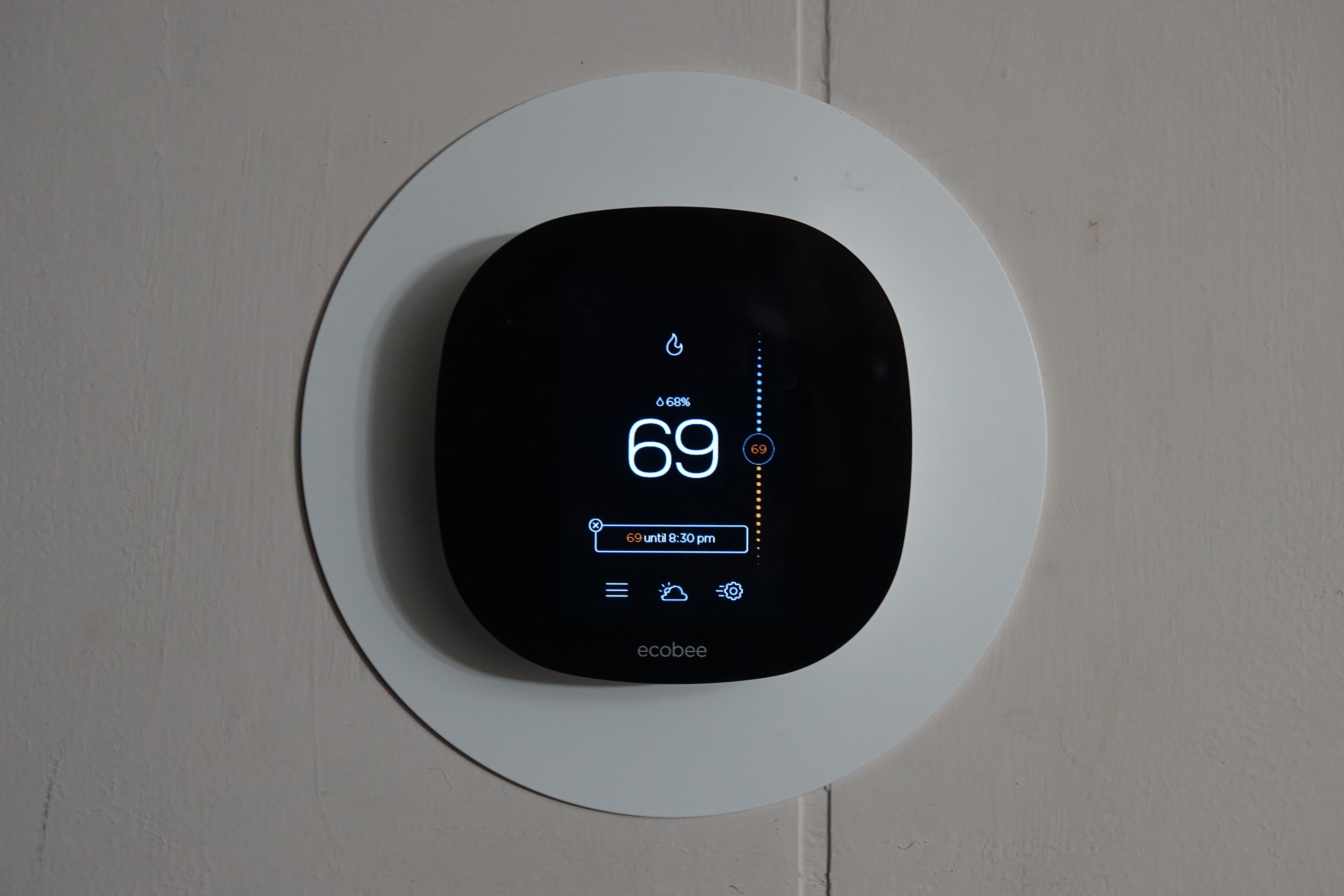As the leaves begin to change and the temperatures drop, it’s time to start thinking about preparing your home for the fall and winter seasons. Beyond cozy sweaters and hot cocoa, there are practical steps you can take to make your home more energy-efficient. Not only will this help you stay comfortable during the colder months, but it can also save you money on your energy bills. Here are some essential energy efficiency tips to get your home ready for fall and winter.
Seal Drafts and Insulate
Drafts around windows and doors are common culprits for heat loss. Seal any gaps or cracks with weatherstripping or caulk. Adding insulation to your attic and walls can also significantly improve your home’s energy efficiency.
Schedule a Heating System Check
Before the chilly weather sets in, it’s a good idea to have your heating system professionally inspected. A well-maintained heating system runs more efficiently, reducing energy consumption and the risk of unexpected breakdowns.
Set Your Thermostat Wisely
Lowering your thermostat by a few degrees while you’re asleep or away from home can lead to substantial energy savings. Consider investing in a programmable thermostat to automate temperature adjustments based on your schedule.
Embrace Natural Heat
During the daytime, take advantage of natural heat by opening curtains and blinds to let in the sunlight. Close them at night to trap the warmth inside.
Use Ceiling Fans
Many people associate ceiling fans with cooling, but they can be just as helpful in the winter. Running your ceiling fan in a clockwise direction at a low speed helps distribute warm air that naturally rises, making your space feel cozier.
Maintain Your Fireplace
If you have a wood-burning fireplace, ensure that the damper is closed when it’s not in use to prevent warm indoor air from escaping. You can also invest in a fireplace insert to improve efficiency. Plus, fireplace maintenance is a key safety step for homeowners, especially in the fall.
Service Your Water Heater
Your water heater works harder in the colder months, so consider draining it to remove sediment buildup and set the temperature to 120°F (49°C) to reduce energy consumption.
Check and Replace Insufficient Windows
Old or poorly insulated windows can lead to significant heat loss. If your budget allows, consider upgrading to energy-efficient windows or installing storm windows to provide an extra layer of insulation.
Insulate Pipes
Insulating hot water pipes can help prevent heat loss, allowing you to maintain a comfortable water temperature without overworking your water heater.
Schedule an Energy Audit
If you’re unsure about where your home’s energy inefficiencies lie, consider scheduling an energy audit. A professional can identify problem areas and recommend cost-effective solutions to improve efficiency.
Preparing your home for fall and winter by implementing energy-efficient practices not only keeps you comfortable but also helps you save on energy costs and reduce your carbon footprint. By taking the time to seal drafts, insulate, maintain your heating system, and make other energy-conscious choices, you can enjoy a warm and cozy home while keeping your energy bills in check. So, embrace the upcoming fall and winter seasons with the confidence that your home is ready to provide comfort and efficiency.


